This site uses cookies, by continuing to use this site you are agreeing to their use. Learn More
brixton to clapham north
This site uses cookies, by continuing to use this site you are agreeing to their use. Learn More
brixton to clapham north
| Click on the thumbnails to get a larger picture, then on |
|
on the top LHS of the screen to return to this page. |
![]()
Logger of the whole journey above; detail below
![]()
|
|||||||||||||||||||||
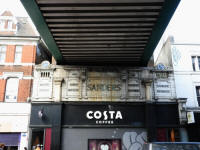 |
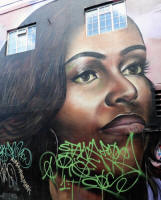 Vandals scribbled on the art |
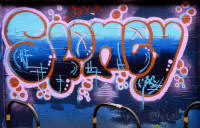 |
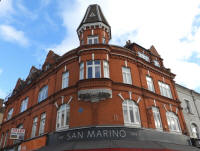 San Marino |
||||||||||||||||||
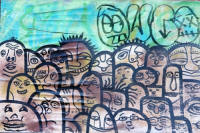 Local population |
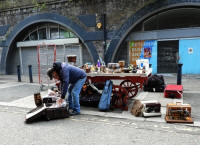 Bric à Brac in a costermonger's cart |
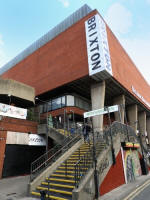 Brixton Recreation Centre |

Sugar cane |
||||||||||||||||||
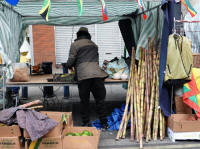 |
 Black Panther Lives - Chadwick Boseman 1976 - 1920 |
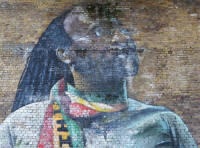 |
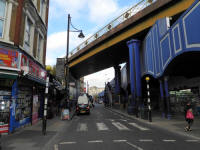 Under the railway |
||||||||||||||||||
| Actor Chadwick Boseman, who played Black icons Jackie Robinson and James Brown with searing intensity before finding fame as the regal Black Panther in the Marvel cinematic universe, died Friday of colon cancer. He was 43. | |||||||||||||||||||||
 Variety of carbs |
 Fruit & Vegetables |
 Small peppers |
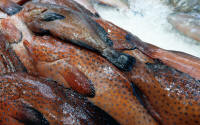 Fish |
||||||||||||||||||
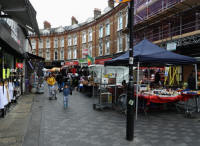 Elegant crescent |
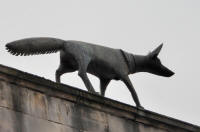 Fox on the roof |
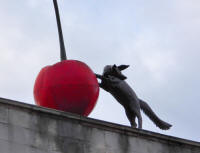 |
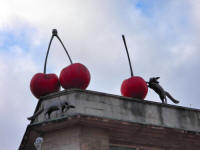 12 Electric Ave, London SW9 8JX |
||||||||||||||||||
|
Unveiled in 2010, the Foxes and Cherries sculptures were created by Buckinghamshire-born artist Lucy Casson and can be found above Brixton market on the south-west corner of Electric Avenue and Electric Lane. A graduate of nearby Camberwell School of Art and a local resident, Casson created the public art display in the heart of Brixton Market, partly using recycled materials. Lucy says “Electric Avenue is the perfect place for these foxes to scavenge cherries from the market. I like the way foxes live among us; they are part of the layers of London.” |
|||||||||||||||||||||
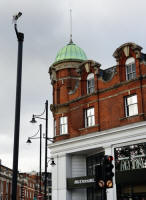 |
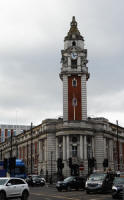 Lambeth Town Hall |
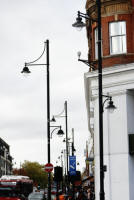
Love the lights |
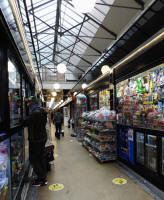 |
||||||||||||||||||
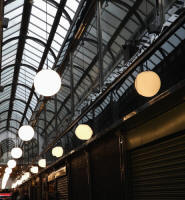 |
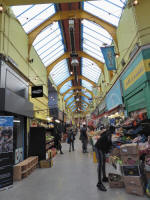 Brixton market |
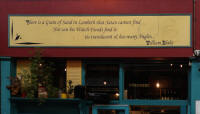 |
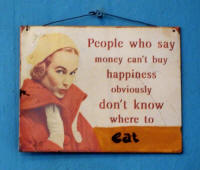 We had coffee in this café |
||||||||||||||||||
 |
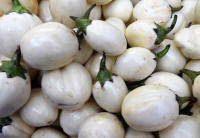 Egg plants |
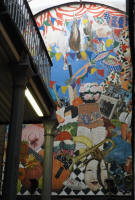 |
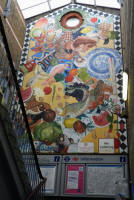 |
||||||||||||||||||
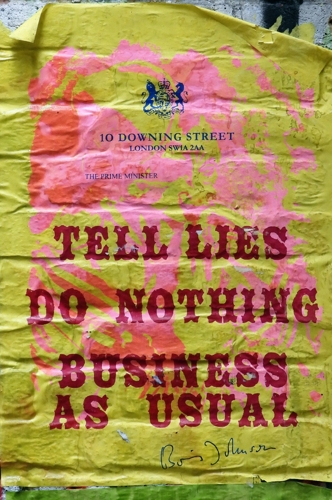 |
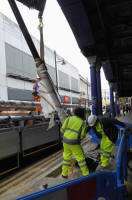 Inserting a new lamp post 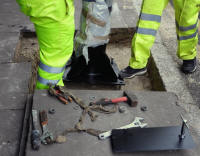 |
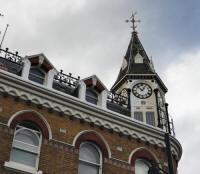 Station Hotel |
|||||||||||||||||||
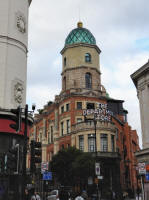 The Department Store |
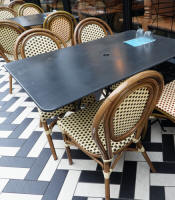 |
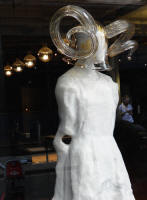
Ram's horns? |
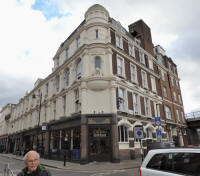 |
||||||||||||||||||
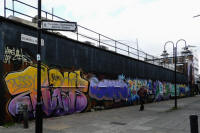 Graffiti |
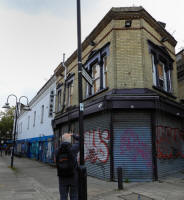 |
 Graffiti |
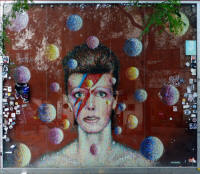 David Bowie |
||||||||||||||||||
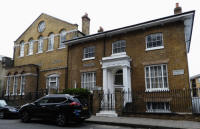 Handsome portico |
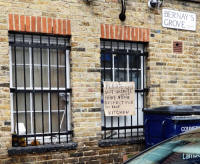
|
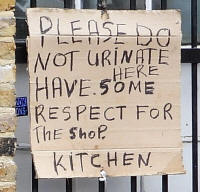 |
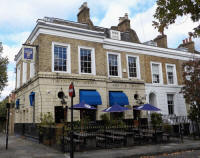 The Trinity Arms where we had lunch |
||||||||||||||||||
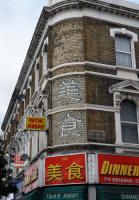 |
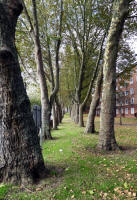
Avenue |
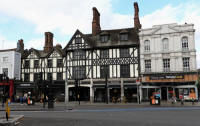 Clapham |
We came home via the Northern Line | ||||||||||||||||||